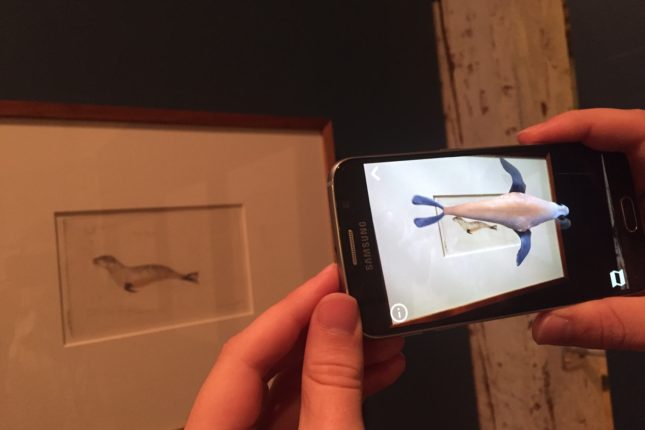
Questions that ask about project outcomes let grant assessors see that you are very clear about what you think will come from a project. Outcomes you state need to relate back to other responses in the grant application. There’s no right or wrong way to write about project outcomes – a few clear sentences or a simple list may do the job just as well!
Here are some examples from real applications to the History Trust of South Australia, shared with kind permission of the applicants.
Response to the question ‘Please describe outcomes of the project and how they will have lasting value for SA history.’
Our goal is to digitally preserve all paper-based material so that information can be shared more readily to all, not only in SA, but with interstate and overseas people who are not only researching Genealogy, but a range of local features. The originals will be stored following archival guidelines and although we could still access them if required, physical handling would be minimised. During a normal year we present talks and displays to local Community Groups, Aged Care, Schools, & the like. Digital records would mean we could share these images on a screen enabling all to see more readily. At present we have to take a selection of original items and as much as the people love to see them, there is concern that they may be lost or damaged when taking them away from the History room.
The long term outcomes would be
- Safe preservation of the unique material in our collection
- The ability to share a wider variety of local history
- To protect our paper-based records from further deterioration.
Responses to the question ‘How will you know if the intended project outcomes have been achieved?’
(from an application for archival storage equipment and materials)
- The compactus is assembled and made ready for use
- All core items in our collection will be individually stored using Archival best practice, ensuring their preservation
- All volunteers can access the collection digitally (new laptop) and be able to locate all items
- The collection is publicly available digitally (new laptop) and used for research purposes
- The collection builds using the cataloguing guidelines.
(from an application about setting up a digital interactive)
We anticipate that we will see visitors using the digital kiosk and think it will help engage some visitors who particularly enjoy using technology to enhance their knowledge. We expect that feedback from visitors who use the kiosk (even with assistance from our volunteers) will confirm its value. Initial use of the ‘behind the scenes’ version for visitor queries has already been met with enthusiastic responses. Once the Trove integration is completed, we may be able to extract online visitation statistics to define the usage. We would also expect to see an increase in external queries from people who have ‘discovered’ our collections via Trove.
(from an application for a collections management project)
The glass plate negatives will be securely housed and ready for digitisation. Images will be identified, catalogued and matched to their descriptions. Archivists and researchers will be able to use the catalogue and finding aids to locate and access the images and descriptions.
Images and descriptions of individual Aboriginal persons will be able to be identified and located by name.
Archivists will have a greater understanding of the scope and material in these records, and its relationship to other records of Bethesda Mission. We will be able to provide better guidance to researchers wishing to access them or related records.
Ultimately, we will know the outcomes have been achieved, when we see researchers start using this material.

